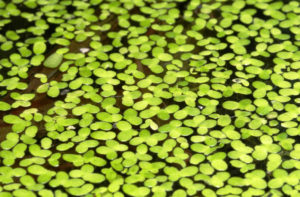Cadmium is known to pose severe risks to human health and thus is often studied by scientists. In some instances, researchers aim to decrease cadmium accumulation or improve the crops' ability to resist cadmium. Other researchers choose to study plants that can absorb cadmium in large quantities. These plants are studied for phytoremediation of cadmium in soil and water.
Duckweed is a good ecofriendly option for phytoremediation. This study investigates the molecular mechanisms related to cadmium hyperaccumulation in duckweed.
Hua Xu et al. Comparative transcriptome analysis of duckweed (Landoltia punctata) in response to cadmium provides insights into molecular mechanisms underlying hyperaccumulation, Chemosphere, 2018, 190:154-165
Check Out More Applications NMT's most popular field is currently plant physiology, but creative scientists are applying it to new fields every day, like diabetes and cancer research. Now, labs using NMT systems have published over 700 papers in top journals! Our clients' top feedback is that the their high-quality results help them get published, thanks to the non-invasive nature of our technology, which allows them to measure live, physiologically accurate samples.
Experience the NMT Physiolyzer® Our most advanced NMT system yet: This highly advanced instrument is allowing scientists to discover physiological functions of live samples in innovative new ways. With customizable software, you can choose from 14 ions and molecules for your own personalized system.
The Theory of NMT Check out the principles of how NMT works.
Experience the NMT Physiolyzer® Our most advanced NMT system yet: This highly advanced instrument is allowing scientists to discover physiological functions of live samples in innovative new ways. With customizable software, you can choose from 14 ions and molecules for your own personalized system.
The Theory of NMT Check out the principles of how NMT works.


